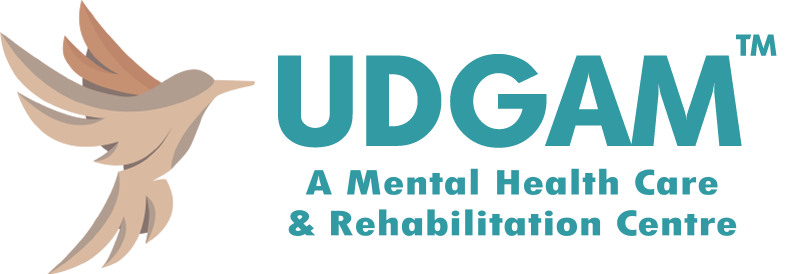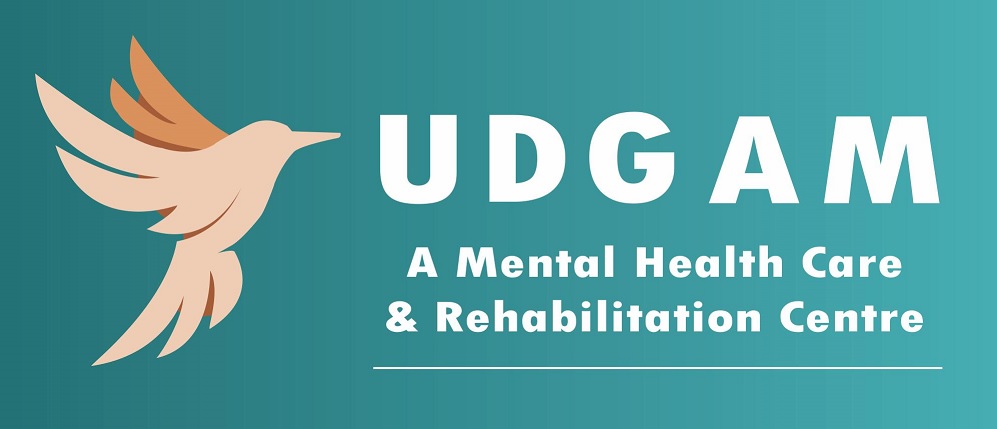
Internet addiction (IA) is both a clinical disorder and a public health issue now a day. This covid-19 pandemic has given rise to a new pandemic of internet addiction, spreading very silently and affecting billions of children and adults, and eventually affecting our societies and economies.
What is internet addiction?
Internet addiction (IA) is uncontrollable desire to use the Internet, Preoccupation with access it, thinking about previous online activity/anticipation of next online session, leading to acute nervousness, irritability and aggression in absence of accessibility and progressive deterioration of social life. A is also known as digital addiction, problematic Internet use or Internet-use disorder It is also observed people.
- Feel craving more and more time for accessibility for internet.
- Making efforts to cut back on computer use or stop and failing repeatedly.
- Have feelings of emptiness, depression and irritation when not at the computer or when attempting to cut down.
- Staying online longer than originally intended.
- Jeopardizing or have risks of losing significant relationships, job, career or education because of the Internet.
- Started hiding the extent of computer/Internet use to family and friends.
- Use of the Internet as a way of escaping from problems or of relieving a dysphonic mood (e.g. feelings of boredom, helplessness, guilt, anxiety, depression).
These include:
- Net compulsions
- Online game playing addiction
- Online research addiction
- Cyber sexual addictions
- Cyber-relational addiction
Consequences of Internet Addiction
The consequences of IA are insidious, becoming apparent after months of problematic Internet use and eventually engulfing all aspects of the individual’s life.
Effects of Internet addiction on the following areas:
Emotional well-being
- Increase in physical aggression and anger
- Mental health issues such as depression and anxiety
- Adolescents may experience feeling down, having a loss of interest in daily activities, distraction from normal exercises and other physical play as well as social interaction with friends and stress
Lifestyle
- Sedentary life-style which can increase risk of deep vein thrombosis and pulmonary embolus, eventually leading to obesity and its associated complications
- Repetitive strain injury and back ache
Brain Structure and functioning
- Adolescents with internet addiction have lower graymatter density in the brain areas involved with emotion formation and processing, learning, and memory(left anterior cingulate cortex, left posterior cingulate cortex)as well as area of the brain involved in empathy and social (Left insula) and brain area responsible for processing vision, especially related to letters (left lingual gyrus)
- The brain functions related to working memory and decision making are affected due to internet addiction
Sleep
- Research suggests that increased time spent on the internet led to disruption in the sleep–wake schedule significantly, and heavier the internet use, higher was the rate of insomnia.
- Increase in waking‐time tiredness and unhealthy sleep habits
- Poor concentration and sleep quality and high ratings on hopelessness and worthlessness measures.
- Thus it becomes highly crucial for adolescents to understand their internet use patterns, understand the effect of excessive internet use and developing Internet addiction and its effects on the body and mind.
Psychological Approaches
Treatment strategies which are already known from the cognitive-behavioral approach:
(A) Practice new schedules against the time of Internet use (discover patient’s patterns of Internet use and disrupt these patterns by suggesting new schedules),
(b) Use external mechanism to stop the activities or to log off the internet
(c) Establish token economy system, Set goals with regard to the amount of time
(d) Uninstall particular application that the client is unable to control
(e) Use reminder system to remind them constantly about costs of IAD and benefits of breaking it
(f) Make a list of all the previous activities that the patient used to engage in and unable to find the time due to internet addiction
(g) Join a social support group
(h) Start taking help from Clinical Psychologist and engage in family therapy (to addresses relational problems in the family), client-centered motivational interviewing, Community Reinforcement and Family Training, Reality therapy, Acceptance & Commitment Therapy (ACT) protocol including several exercises adjusted to better fit the issues and many more psychological intervention.
Non-psychological Approaches
Few medicines like anti anxiety and anti depressants are helpful to reduce associated anxiety, restlessness, craving to access, boredom, depression, impulse behavior or compulsions associated with access of internet.,
Multimidia Treatments
School-based group CBT (including parent training, teacher education, and group CBT) was effective for adolescents with IAD. Psycho- educational groups (life visioning, addiction education, communication and assertiveness training, social skills, life skills, Life balance plan), Mindfulness based stress reduction, aftercare treatments (monitoring of technology use, ongoing psychotherapy and group work), and continuing care (outpatient treatment) in an individualized are holistic approach to treat internet addiction.


